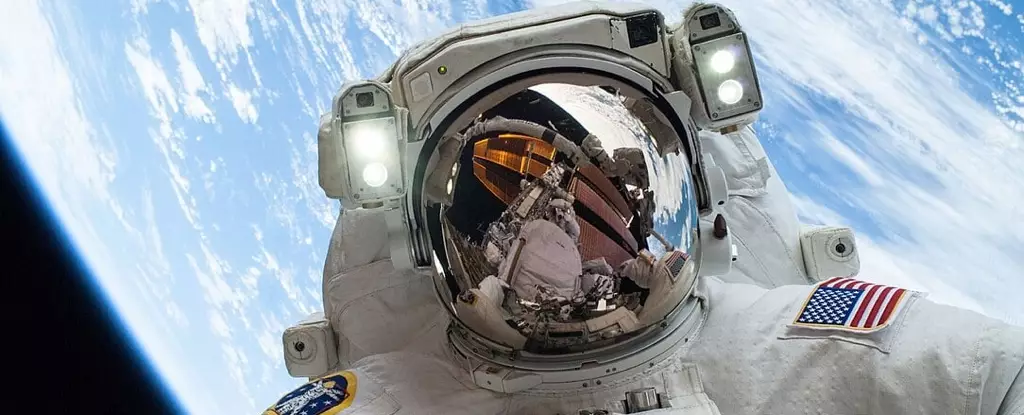Venturing into space has always been a testament to human ingenuity and curiosity. However, as we push the boundaries further with extended missions to Mars and beyond, unforeseen health challenges are emerging that threaten not only the success of these journeys but also the basic well-being of those brave enough to undertake them. Chief among these issues is the mysterious decline in astronauts’ eyesight—a complication that reveals just how complex and delicate our bodies are when faced with the extraterrestrial environment. This phenomenon, known as Spaceflight Associated Neuro-ocular Syndrome (SANS), exposes the stark reality that space exploration might come with a cost we are only beginning to understand.
The prevalence of SANS among astronauts, especially on long-duration missions, is alarming. Studies indicate that nearly 70% of astronauts returning from extended stays aboard the International Space Station exhibit noticeable alterations in visual acuity. For many, these changes are not fleeting; they can persist for years, raising serious concerns about the long-term health effects of space travel. The typical complaint involves blurry vision, difficulty focusing, and increased pressure behind the eyes—symptoms that can severely impact an astronaut’s quality of life and their ability to perform critical mission tasks. This is more than just a temporary inconvenience; it touches upon fundamental questions about human adaptability and the limits of our physiology beyond Earth.
The core issue stems from the microgravity environment that defines space. Unlike Earth, where gravity ensures fluids such as blood and cerebrospinal fluid (CSF) are pulled downward, microgravity causes these fluids to shift upward toward the head. This redistribution results in facial swelling and increased intracranial pressure, which can distort the shape of the eyeball and put undue stress on the optic nerve. The consequence is a flattening of the back of the eye and swelling that impairs vision—conditions that could threaten not only individual astronauts but entire missions, especially as future endeavors extend over years or even decades.
NASA’s response to this challenge demonstrates a mix of scientific rigor and determined innovation. Research teams, led by experts like Dr. Michael Roberts, are exploring a range of countermeasures. Some promising solutions include specialized contact lenses designed to regulate fluid pressure, medications that reduce intracranial pressure, and tailored exercise routines aimed at improving bodily circulation. Moreover, novel devices such as the Visual Impairment Intracranial Pressure (VIIP) chamber are being developed to simulate Earth-like pressure conditions, potentially offering a safeguard against permanent vision deterioration. These advances are critical, not only for safeguarding astronaut health but also for paving the way toward sustainable human space exploration.
Interestingly, the insights gained from studying SANS have far-reaching implications on Earth as well. Conditions like glaucoma and intracranial hypertension share similar physiological pathways, and understanding how microgravity affects pressure dynamics could unlock new treatments for these ailments. Thus, space medicine is becoming an unexpected frontier for breakthrough discoveries that can benefit millions back home.
In contemplating the future of space travel, the challenges posed by SANS highlight a sobering reality: exploring the cosmos demands more than ships and rockets—it requires a profound understanding of our own biology. While current research offers hope, the journey toward safe, long-term human habitation beyond Earth remains fraught with hurdles. Yet, each solution devised not only moves us closer to Mars but enriches our knowledge of human resilience—ensuring that when we finally step onto distant planets, we do so with clear vision and unwavering confidence.

